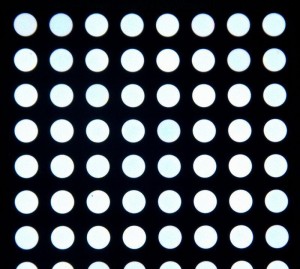On November 21 of 2012, the Chinese Ministry of Industry issued a draft “Roadmap of gradually reducing the mercury content of fluorescent lamps”. According to this report, from June 1st of 2013, the China Government will start to decline the mercury content of fluorescent lamps gradually. The energy-saving lighting industry is facing up a reshuffle. Incandescent lights have been implemented the death penalty. Fluorescent lamps are facing the final examination. LED lighting applications have unlimited prospects and potentials. The 3rd lighting revolution has already opened the curtain.
In the 3rd lighting revolution, since standards were usually lag behind the development of the lighting industry, LED lighting applications have wide varieties and different performances, normally unchangeable. In another word, LED products from one manufacture (from one region) can hardly be replaced by LED products from other makers (from other regions). Due to lacking commonality and compatibility among LED lighting modules, the popularization of LED lighting products become even more difficult. More importantly, for manufacturers, low commonality and compatibility will increase the production cost. There are too many LED applications and too many standards and parameters for LED lighting modules. They have either limited their product range or increased their production. Commonly used compartments and equipments benefit LED makers a lot – reducing time for development and research, reducing development risks, reducing inventory and management costs, reducing the complexity of the production line and increasing production capacity.
Therefore, a joint development and promotion project for LED lighting module standards came into being at the beginning of this year. This project was led by the Science and Technology Department of Guangdong Province, under the guidance of the National Semiconductor Lighting product Industry Alliance and the Semiconductor Lighting Innovation Center of Guangdong Province, joined by other research organizations, universities and institutes. Guangdong is the largest “production base” for LED products. In the organization and implement of LED lighting module research and development, a large number of LED manufacturers and research institutes can provide good software facilities and hardware facilities.
In the long history of light sources, LED is just a new generation of light source and will not bring more impact that fluorescent lamps and metal halide lamps did. However, in the microscopic point of view, the innovation of LED lighting modules will speed up the development of LED lighting applications and bring the final revolution in the lighting industry.

